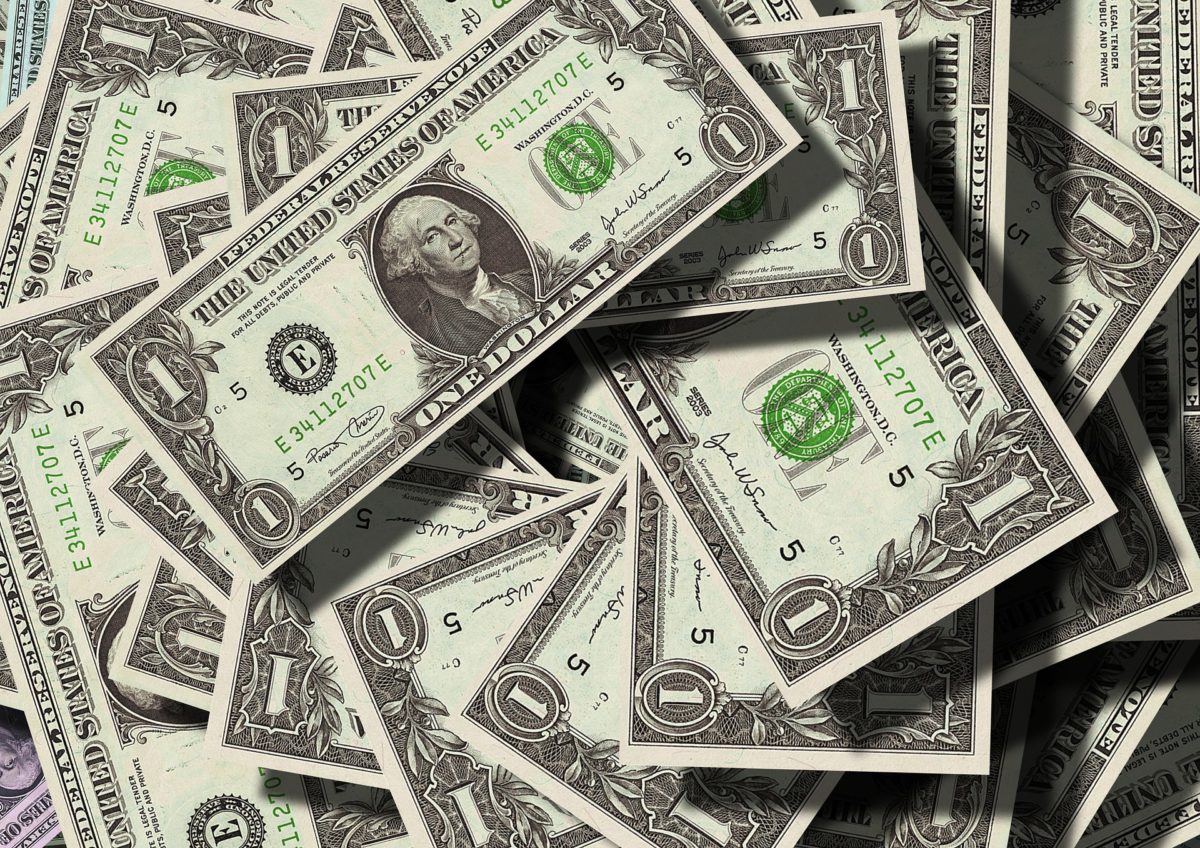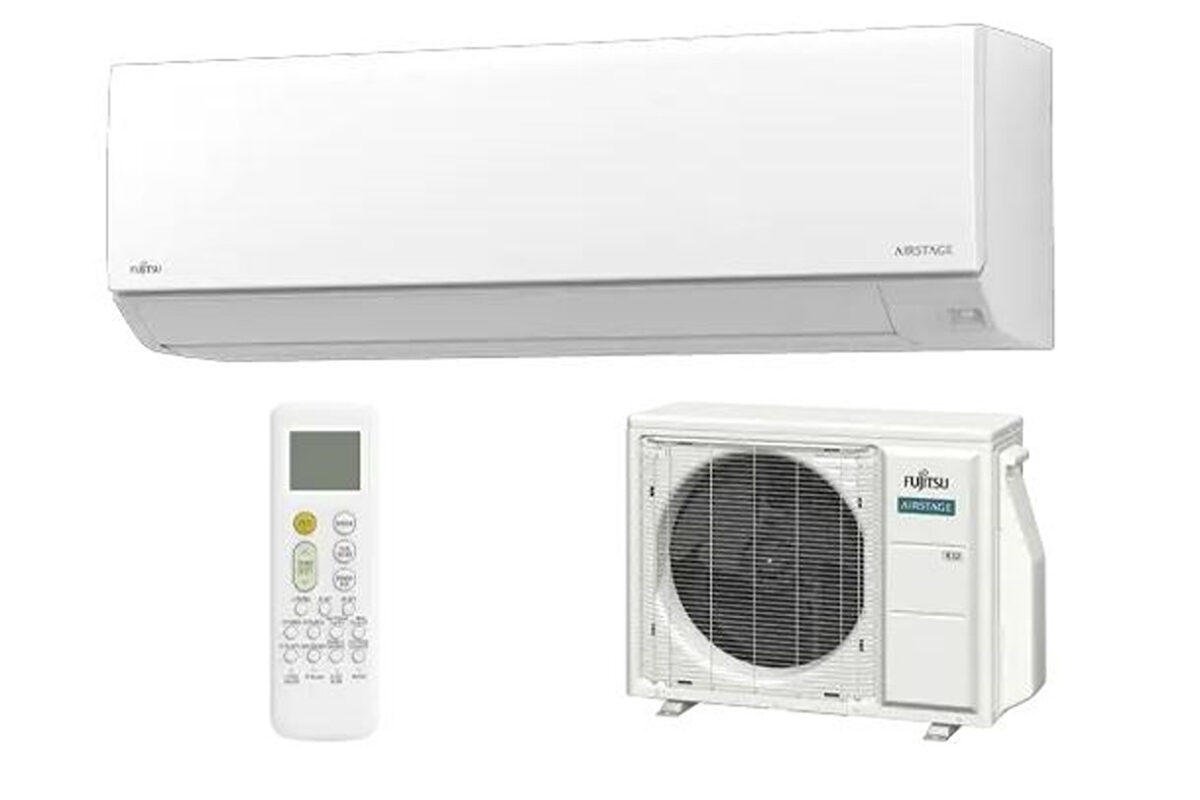Troubled engineering, procurement and construction (EPC) services company Singyes Solar has been forced to delay the release of its 2018 annual report by another month.
The Hong Kong based business, which also manufactures solar goods and partition walls, announced on the Hong Kong exchange yesterday that it may be able to publish the annual report by the end of May.
Publication has been held up by a lack of progress reports related to the solar projects in China which make up a significant share of China Singyes Solar Technologies Holdings Ltd’s business.
Unpaid debts have forced the company to mothball its lucrative project contracts since January, with suppliers going without EPC payments and Singyes also halting the manufacture and sale of solar goods and reducing hours at its two factories.
EPC work halted
With construction contracts making up 75% of the company’s revenue in 2017, and becoming even more important during a bright first half last year, the debt default has effectively seen the business grind to a halt.
The problems were triggered by non-payment of $160 million worth of 6.75% senior notes that fell due for payment on October 17. That default triggered others related to RMB930 million ($138 million) of 5% convertible bonds that are due to mature on August 8 and on $260 million of 7.95% notes that were supposed to mature on February 15.
In January, Singyes stated RMB202.1 million of its RMB219.6 million offshore borrowings were in default as well as RMB765.3 million of the RMB2.44 billion it has received from Chinese lenders. The offshore debt default triggered instant repayment clauses but Singyes said its Chinese backers were open to extending debt repayment periods.
First hint of trouble
The debt problems also prompted cancellation of a planned issue of HK$230 million ($29.3 million) of 12% convertible bonds that would have matured in 2021 as well as a top-up shares placement.
In its October announcement, the Singyes board said it was in talks with offshore lenders about “possible sales of certain of its solar farm and other assets” and “new debt or equity financing and debt restructuring”.
The first hint of potential trouble at Singyes had arrived in September, when promising first-half figures were reported but contained no mention of the decision by Beijing to abruptly clamp down on public solar subsidies. That announcement, which arrived at the end of May, was a policy decision that reverberated around the world and featured prominently throughout financial updates issued by Singyes’ peers.
This content is protected by copyright and may not be reused. If you want to cooperate with us and would like to reuse some of our content, please contact: editors@pv-magazine.com.




1 comment
By submitting this form you agree to pv magazine using your data for the purposes of publishing your comment.
Your personal data will only be disclosed or otherwise transmitted to third parties for the purposes of spam filtering or if this is necessary for technical maintenance of the website. Any other transfer to third parties will not take place unless this is justified on the basis of applicable data protection regulations or if pv magazine is legally obliged to do so.
You may revoke this consent at any time with effect for the future, in which case your personal data will be deleted immediately. Otherwise, your data will be deleted if pv magazine has processed your request or the purpose of data storage is fulfilled.
Further information on data privacy can be found in our Data Protection Policy.